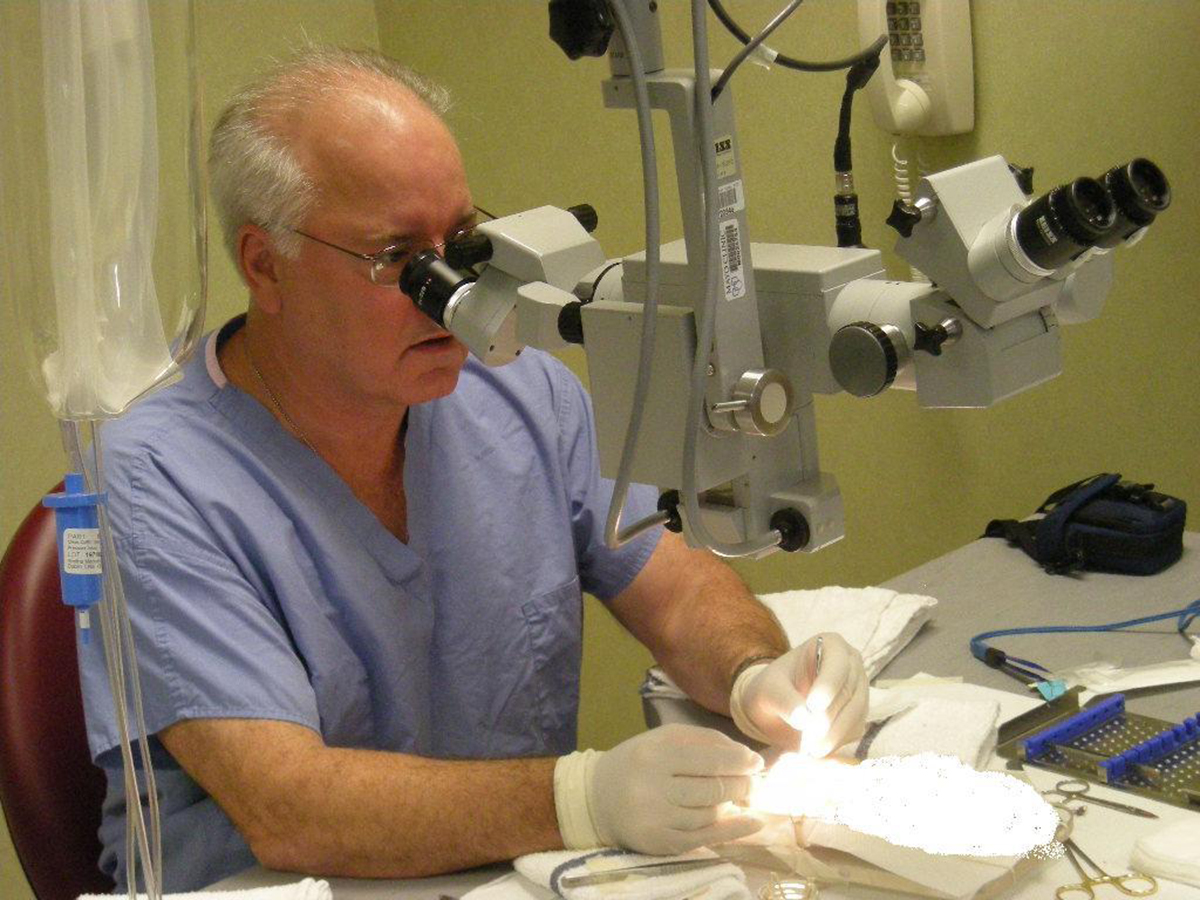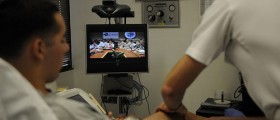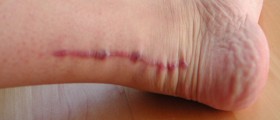
When a person has serious toe nail fungus issues and is having little success with oral medication and topical treatments, they can now treat the condition with laser surgery.
The procedure uses the so-called Pinpointe Foot laser which is an infrared laser beam that is made by Patholase in order to kill the toe nail fungus and the success rate is fairly high, up to 88 percent.
Laser surgery is not that scary, like some tend to believe. The laser that is used is hand-held and it looks like a laser pointer. The doctor applies it directly to the nail in order to get rid of the fungal growth behind the nail and it goes all the way through the skin to the nail matrix, which is where the nail grows from. It is also important to note that the treatment is virtually painless, though a slight tingling sensation is usually noted.
The laser goes all the way through the nail plate and kills the fungus, but it also wipes out all of the bacteria and viruses that are causing the infection as well. In the procedure, the doctor will make sure to treat every nail on the foot because even toes that do not look so bad could have microscopic fungus growing that cannot be seen by the eye.
This process will usually take some time because all areas of the nail should be treated in order to make sure that there is no more fungus growing in the area. All in all, the treatment will usually take about a half hour which is a small amount of time when considering that a person is usually using ointments and oral treatment for many weeks and even months at a time without seeing any improvements in the condition before turning to laser treatment.
It is used by many because it is a short and immediate treatment that will fully heal the toes from the fungal growth. When the doctors say that it is immediate, they really mean it. The person can go back to painting their nails and playing sports and being active as usual right after the treatment. It will usually take about six months for the nails to grow back completely clear and without any signs of the former fungus on them.
The treatment usually cost about 1,000 dollars and it is not covered by medical insurance because it is not FDA approved yet and it is usually considered a cosmetic surgery.










_f_280x120.jpg)






Your thoughts on this
Loading...